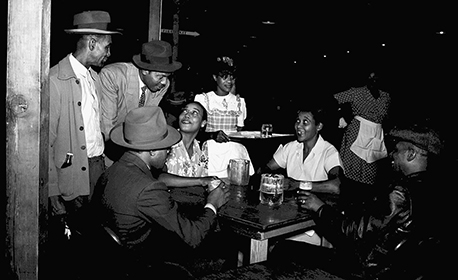WSU professor gets grant to study Manhattan Project in Hanford

Courtesy of Department of Energy Dupont collection
The researcher plans to publish the results of his study on African-American oral history and migration two years from now.
October 6, 2017
A WSU Tri-Cities professor received a $73,000 grant to study the migration patterns of African-American Hanford workers in the 1940s.
Michael Mays, the WSU Tri-Cities director of the Hanford History Project, will use oral history, documents and other scientists’ research to shed light on the African-American communities of the 1940s that migrated and worked on the Manhattan Project.
He said he is teaming up with the National Parks Service in Hanford to determine the extent of migration and how it affected the community across the state.
The Manhattan Project had three major locations: Hanford; Los Alamos, New Mexico; and Oak Ridge, Tennessee, Mays said.
According to an article from NBC, there were nearly 50,000 people at those camps in 1940s.
Mays said his team is collecting primary sources, such as oral stories, to create a comprehensive, experiential history of the Manhattan Project.
“We want to capture as many of those stories as we can,” he said.
Mays said they will be looking at past research from colleagues like Robert Bauman.
Bauman, a professor at WSU Tri-Cities, states in his book, Jim Crow in Tri-Cities, that when African-Americans came to the Northwest, they faced discrimination that was different than the South.
Mays said African-Americans mined the elements that were used in the Manhattan Project, which included uranium.
The main motivation of his work is to flush out the history of the African-American community that worked on the project, Mays said.
Mays said the study will be published in September 2019.








